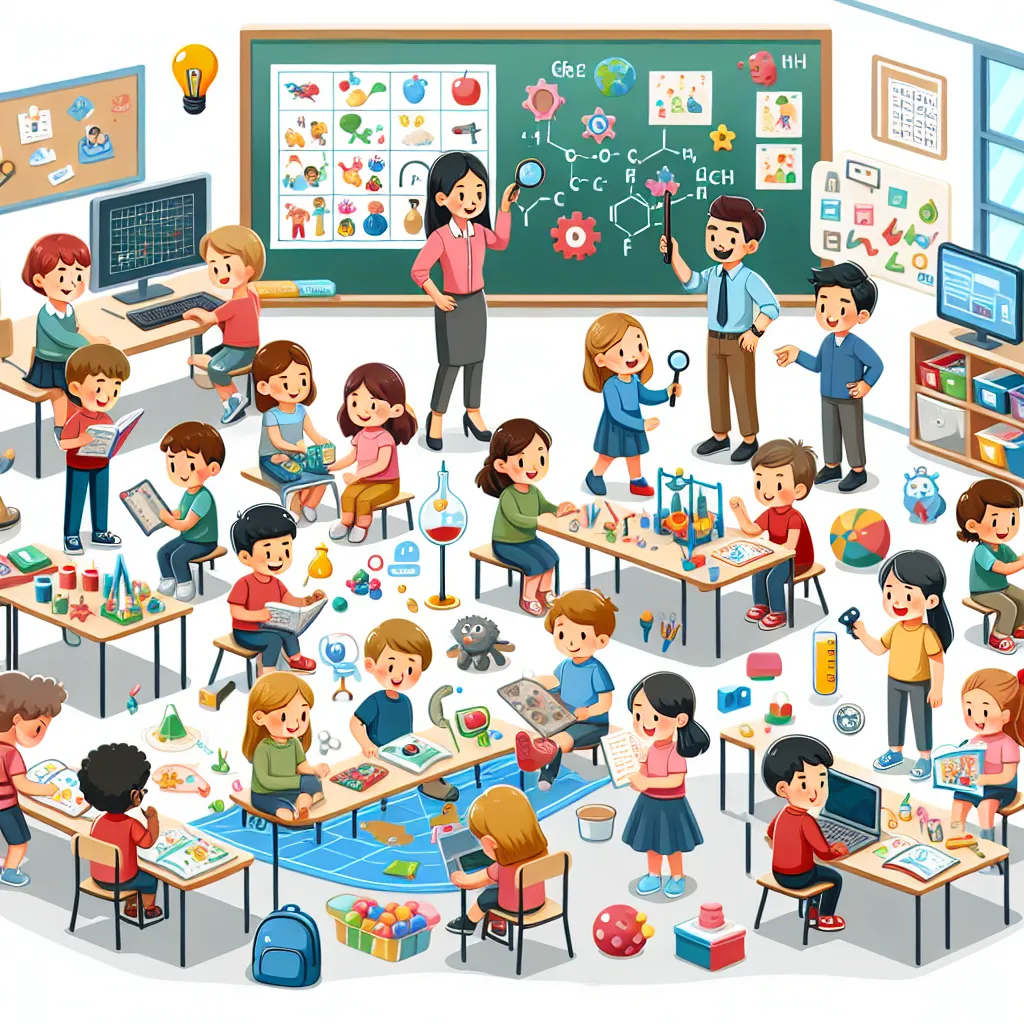Ask AI on The Internet
Question: Discuss the role of "mental software" in the information-processing theory and give THREE (3) examples of organised cognitive processes that Grade R learners use to complete specific tasks.
"Mental software" in the context of Information Processing Theory refers to the strategies, methods, or techniques the brain uses to process information. Like software, these cognitive strategies help us to reach an outcome by guiding and structuring our actions. It is the key aspect within this theory that underscores how the mind transforms sensory information, how it manipulates and compiles a series of steps that have been stored in our memory. Here are three examples of organized cognitive processes that Grade R learners (or kindergarten students) use to complete specific tasks: 1. **Chunking:** This refers to the process where the mind breaks down complex information into manageable pieces, or 'chunks'. This makes it easier for children to remember large amounts of information. For instance, when learning to write their names, they don't think of all the individual letters at once, but rather break it down into recognisable chunks. 2. **Scripting:** A script is a mental organization of expected sequential events or actions. For example, during a writing task, students may recall a ‘script’ for writing, which might include first getting a pencil, then paper, writing their name at the top, then the date, then beginning their story or exercise. This sequential process helps students follow a task through to completion. 3. **Rehearsal:** Rehearsal is the repetition of information to commit it to memory for future recall. For example, rehearsing multiplication tables or spelling words helps embed them in a student's memory for future use. This process is often teacher-led initially, but with practice, kids learn to take control of their own rehearsal and repetition learning. The development of these cognitive processes in young learners is vitally important and forms a fundamental part of early education. By understanding and nurturing these processes, we can help children become more efficient learners.
A new large language model has been made available since this question was asked.
To generate an updated answer from the new model, click the button below.
Think your answer is better than the AI's? Post it below.
Other Most Relevant Posts:
Question Tags
If you want your question answered by an AI, click here.







Post your own comment: